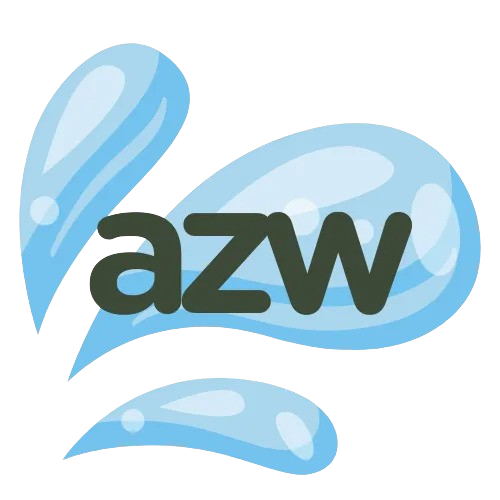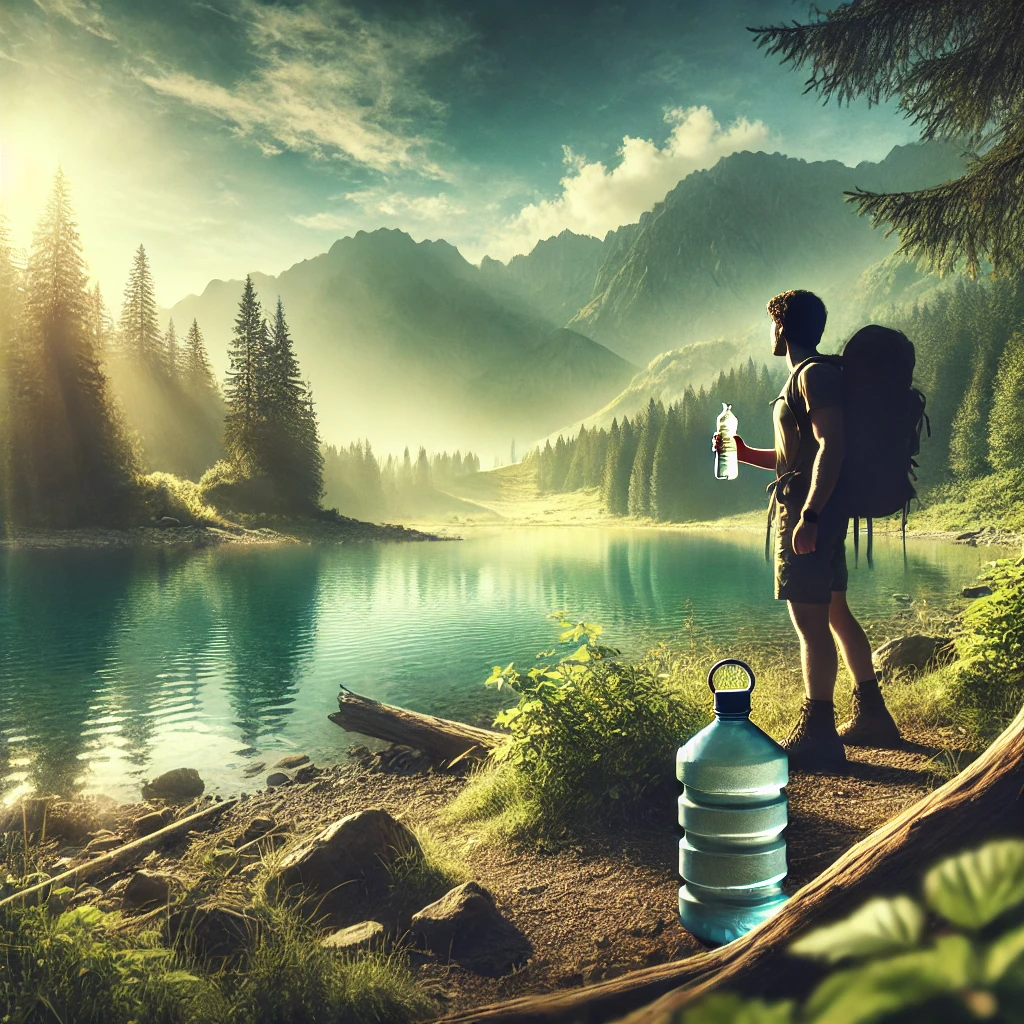When you’re hiking through the wilderness, staying hydrated is one of the most important things to keep in mind. As you trek through rugged terrain and explore nature, you may come across streams, rivers, or freshwater lakes. The question is: are freshwater lakes safe to drink from directly, or do you need to take precautions before sipping from these natural sources? In this article, we will explore the risks involved, how to safely drink from freshwater lakes, and the best practices for staying hydrated during your outdoor adventures.
Understanding the Risks of Drinking Untreated Lake Water
While it might seem tempting to drink directly from a freshwater lake, the truth is that are freshwater lakes safe to drink without proper treatment? This is not always the case. Water from lakes can contain harmful bacteria, parasites, and viruses that can lead to waterborne diseases, including:
- Giardia: A parasite that causes gastrointestinal illness and is commonly found in untreated water sources.
- Cryptosporidium: Another parasite that can lead to stomach issues and is resistant to chlorine-based water treatments.
- E. coli: Bacteria often found in untreated water, which can lead to severe stomach cramps, nausea, and vomiting.
Even water that appears clear and clean can still harbor harmful microorganisms, making it unsafe to drink directly without purification. It’s always important to consider water safety and take the necessary steps to purify it before consumption.
Safe Ways to Drink Lake Water
While drinking from a freshwater lake without treatment is risky, there are various ways to make the water safe to drink. Below are some popular methods for purifying lake water while outdoors:
1. Boiling Water
Boiling water is one of the most effective methods for killing harmful microorganisms. By bringing the water to a rolling boil for 1-3 minutes, depending on altitude, you can effectively eliminate bacteria, viruses, and parasites. The only downside is that boiling requires a heat source, which might not always be available, especially in remote areas.
2. Water Filters and Purifiers
Portable water filters are a convenient and reliable way to purify lake water. These filters remove harmful contaminants such as bacteria, parasites, and sediment from the water. There are various types of filters available, including:
- Pump filters: These filters are ideal for larger amounts of water and are easy to use in the field.
- Gravity filters: best for situations where you need to filter a lot of water at once without much physical effort.
- Straw filters: Compact and easy to carry, straw filters allow you to drink directly from the water source.
Most of these water filters use mechanical filtration, removing harmful particles, but some may also include chemical treatments to improve purification.
3. Chlorine Dioxide Tablets
For lightweight and convenient purification, chlorine dioxide tablets are a great option for hikers and campers. These tablets are effective at killing bacteria, viruses, and parasites. Simply drop one tablet into a liter of water and wait 30 minutes to ensure the water is properly treated. Chlorine dioxide tablets are compact, easy to carry, and don’t leave an unpleasant aftertaste, making them a great addition to your outdoor gear.
4. UV Sterilization
Portable UV sterilizers are another excellent option for purifying water. These devices use ultraviolet light to kill bacteria, viruses, and other harmful microorganisms. They are easy to use and provide fast results, but they require batteries or a power source. UV sterilizers work best in clear water, as particles and turbidity can reduce their effectiveness.
When Is It Safe to Drink Lake Water?
While are freshwater lakes safe to drink directly is a complicated question, some factors can reduce the risk of contamination:
- High-Altitude Lakes: Lakes located at higher altitudes with fewer human activities are less likely to be contaminated by pollutants.
- Clear Water: While not a guarantee, clear water with minimal algae growth generally indicates a cleaner water source with fewer bacteria.
- Isolated Lakes: Remote lakes with little to no human activity are less likely to harbor harmful pathogens.
However, even in these cases, it’s still a good idea to purify the water before drinking. The best way to stay safe is to always carry water purification tools and methods with you, especially if you’re traveling to areas that may not have reliable access to clean water.
Why You Should Always Be Prepared
It’s important to be proactive when it comes to water purification in the wild. Whether you’re hiking, camping, or traveling in remote areas, having access to clean water is vital for your survival and health. Purifying your water is a simple process that can save you from waterborne illnesses and ensure that you stay hydrated throughout your adventure.
Final Thoughts
In conclusion, while it’s tempting to drink directly from freshwater lakes, are freshwater lakes safe to drink without purification? is not a question to take lightly. The risks of drinking untreated water are significant, and it’s essential to carry the right water purification tools with you on any outdoor adventure. Whether you’re using a water filter, chlorine dioxide tablets, or boiling water, these methods will ensure that your water is safe and free from harmful pathogens.
For your next adventure, be sure to pack the necessary purification gear and stay hydrated with confidence. At AquaZen Wellness, we’re here to support your wellness journey with high-quality purification solutions designed for outdoor enthusiasts.

